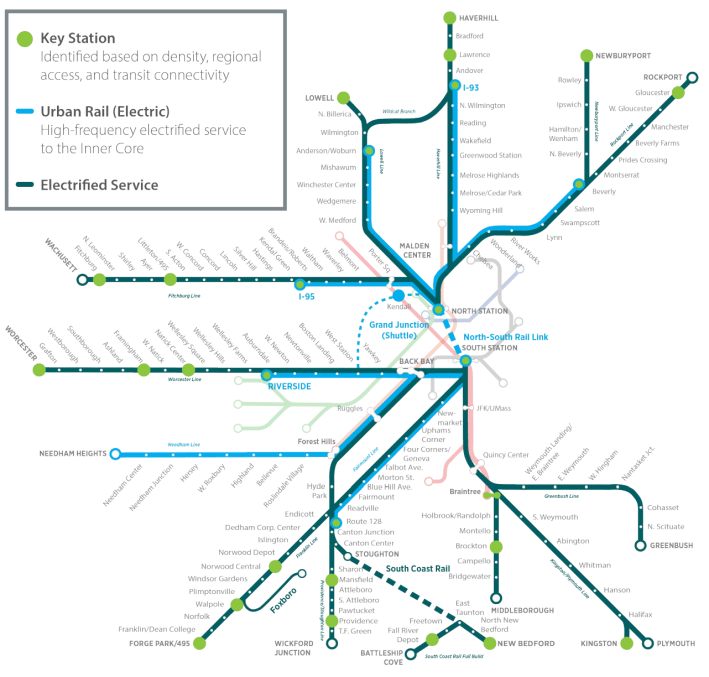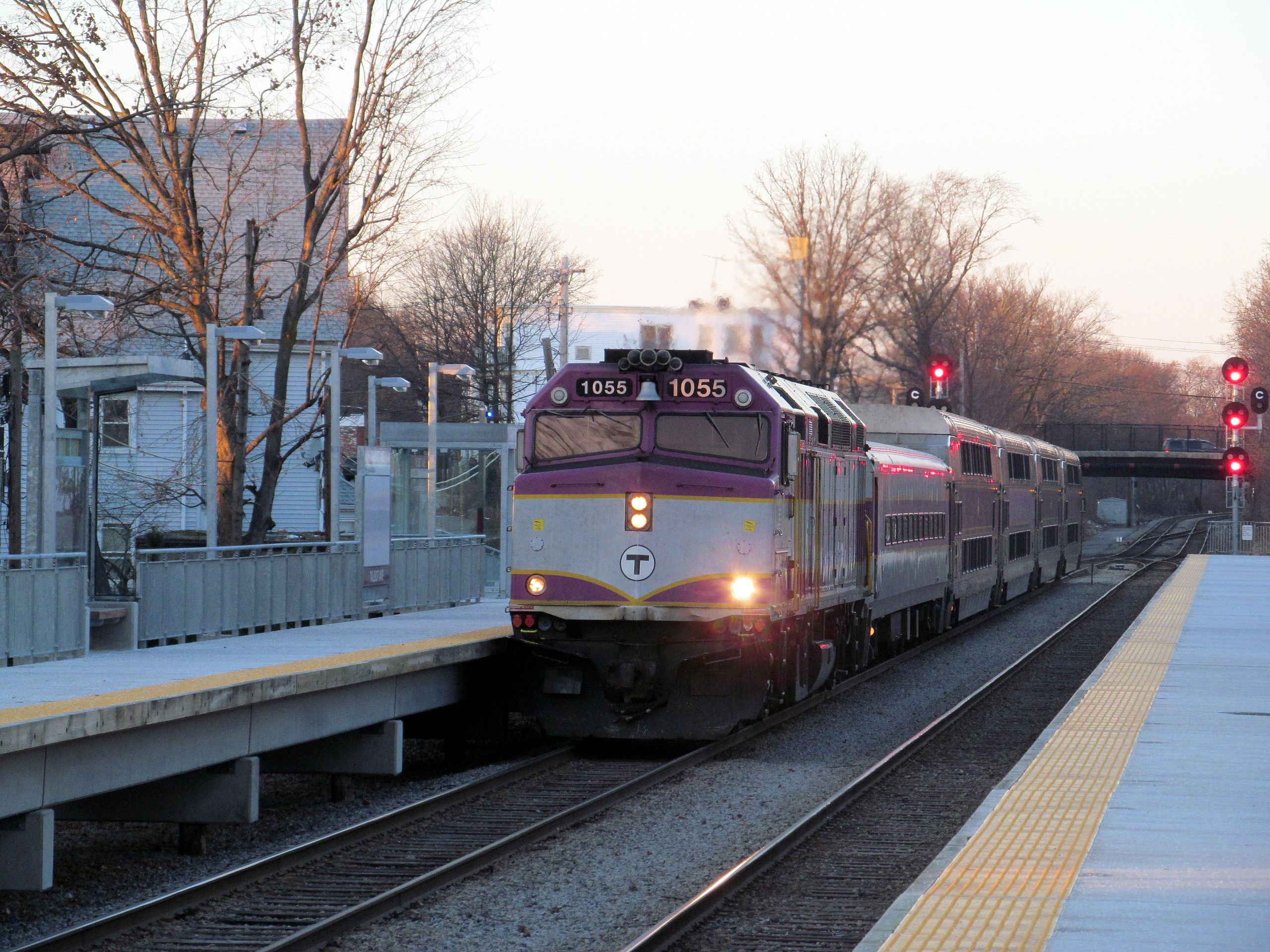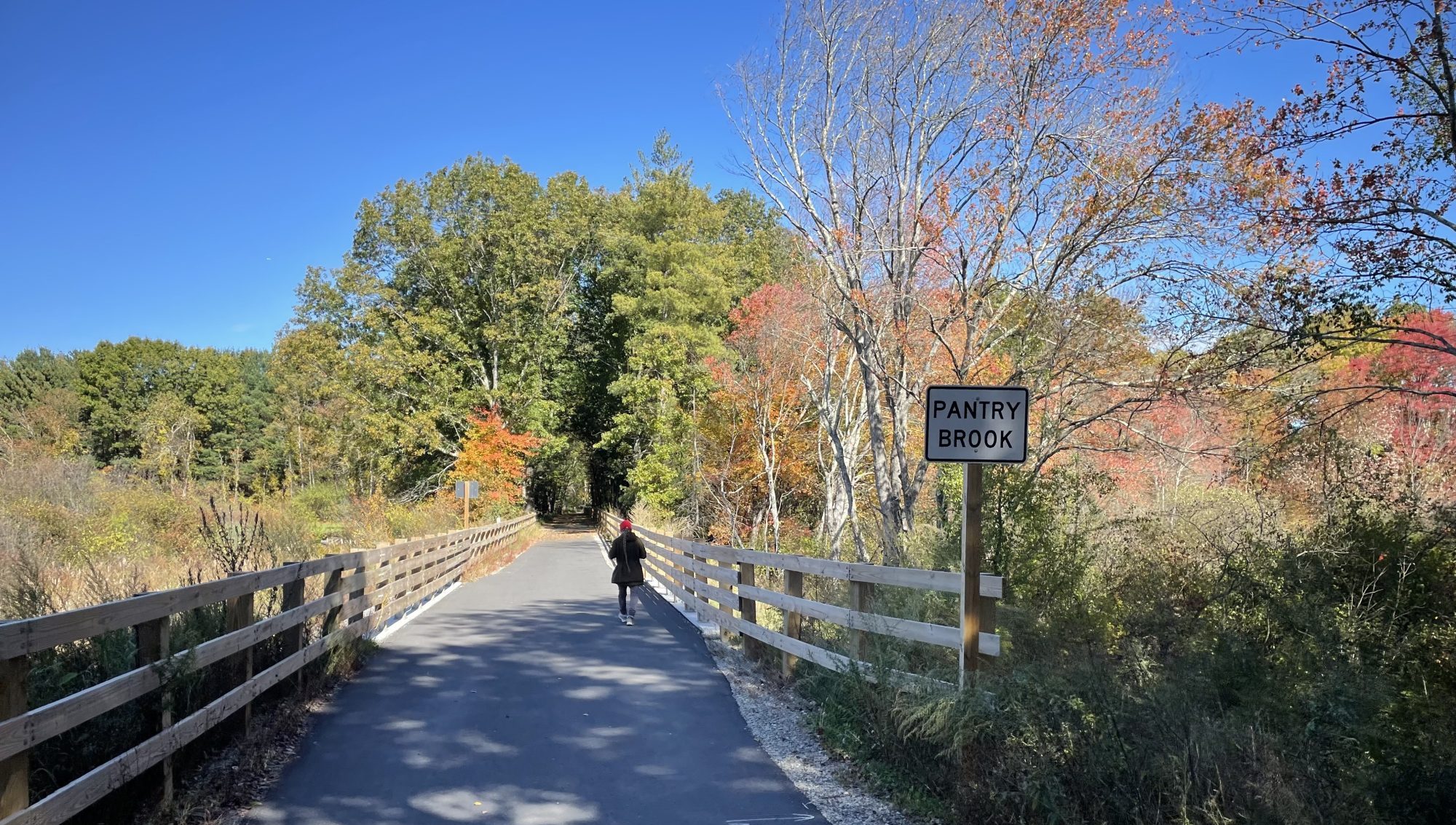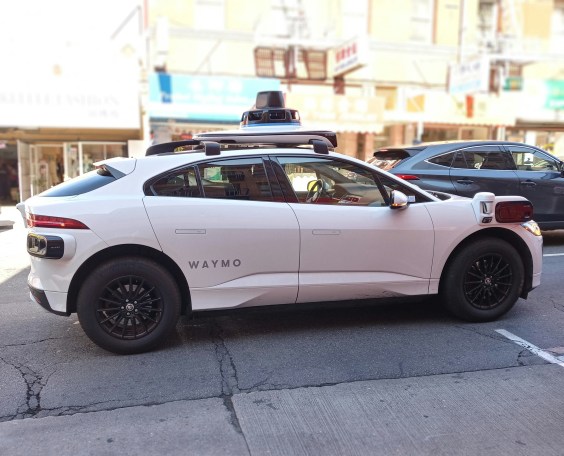Electrifying the commuter rail network could have profound effects on transit ridership and transportation emissions in the region, according to the MBTA's formal analysis of possible capital improvements to the commuter rail system.
For the past year, the MBTA's "Rail Vision" study has convened state transportation planners and a public advisory committee to analyze the costs, ridership potential, and operational details of six potential scenarios for more frequent, all-day commuter rail service.
The six alternatives cover a broad range of possibilities, from a lower-cost option that would add new trains to the existing system, to a $29 billion, "full transformation" option (mapped below) that would convert the entire network to run on electricity drawn from overhead wires, run trains every 15 minutes all day, and build a new regional rail tunnel to connect North and South Stations.
Last Friday, the study's advisory committee members had a chance to review the results of those analyses before the MBTA's Fiscal and Management Control Board endorses a concept to advance towards implementation later this fall.

Many of the alternatives share common elements, including upgrades to stations to include ADA-accessible high-level platforms, which would help reduce the amount of time that trains have to dwell at each station, or adding new passing tracks at key locations.
Three alternatives envisioned converting some or all of the system to electrified service (an idea endorsed by TransitMatters in its Regional Rail report), while three other alternatives envisioned upgrades that would continue to make exclusive use of diesel trains. The analysis generally found that electric trains, while they would have a higher up-front capital cost from the need to build a system of overhead wires, would have significantly lower operational and maintenance costs than their diesel counterparts.
The environmental benefits from electric trains are even more striking: MBTA's analysis predicted that the increased emissions of running diesel trains every 15 to 30 minutes would produce so much additional pollution that the three diesel-powered "Rail Vision" alternatives predicted a net increase in greenhouse gas emissions and smog-forming nitrogen oxides, in spite of taking thousands of cars off regional roadways.
Interesting slide from @MBTA rail vision meeting: alts. involving increased diesel train service would actually increase regional emissions, in spite of reducing traffic. pic.twitter.com/eNXwkCCeF4
— Christian Neal MilNeil (@c_milneil) October 18, 2019
The study also included rough estimates of capital and annual operating costs associated with each alternative. A more modest diesel-powered alternative that aims to provide 15-minute peak-hour service to "key stations" in gateway cities like Framingham, Brockton, and Lowell would cost $4.5 billion in upgrades; the "full transformation" option, which electrifies the entire system, would cost $28.9 billion.
For comparison's sake, the MBTA's current 5-year capital budget includes $9.4 billion in projects for the entire transit system.
State Senator William Brownsberger, the Vice Chair of the Legislature's Joint Committee on Revenue and a member of the Rail Vision study advisory committee, said after Friday's meeting that the multi-billion dollar estimates for these concepts reflect "the size of the challenge" that the state's transportation system faces.
"The capital program that we have on the table now, the administration argues that that's sufficient to advance the kinds of expenditures we'd need to make to do design work and feasibility and choose an alternative over the next few years. So it's really a few years before we even really know the true size of these investments, and before we can really wrap them up," said Sen. Brownsberger in a brief interview after Friday's advisory committee meeting.
The MBTA will host an open house on the "Rail Vision" study this week, and the agency's Fiscal and Control Management Board is expected to provide some direction in choosing a concept for implementation at its November 4th meeting.
Rail Vision Public Open House and Presentation
Wednesday, October 23, from 5:30 PM to 7:30 PM
Where: Transportation Board Room at 10 Park Plaza in downtown Boston (take the Green Line to Boylston, or the Orange Line to Chinatown)






